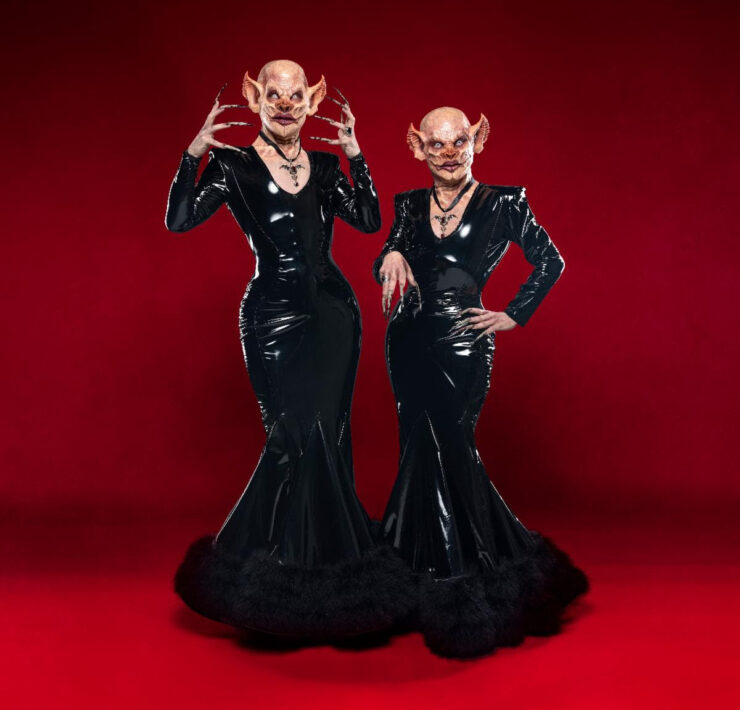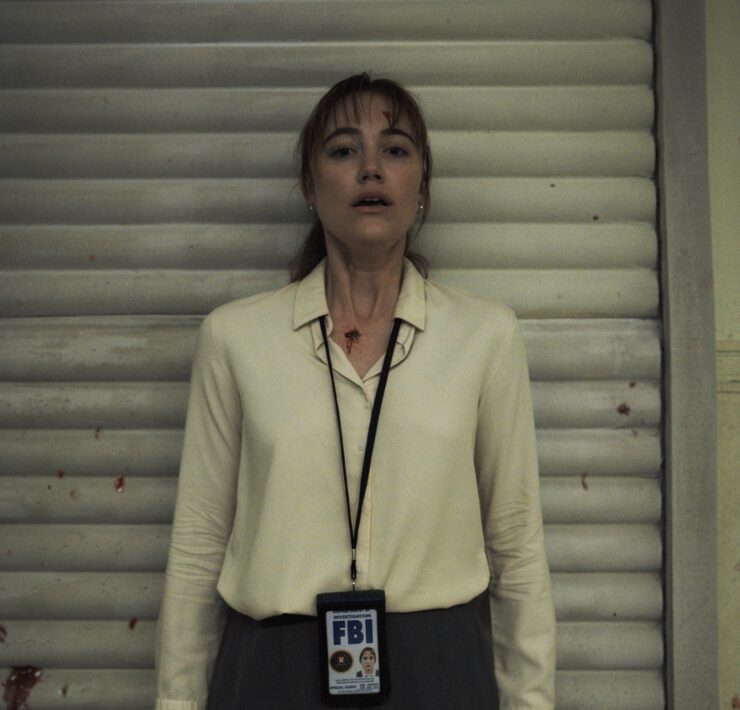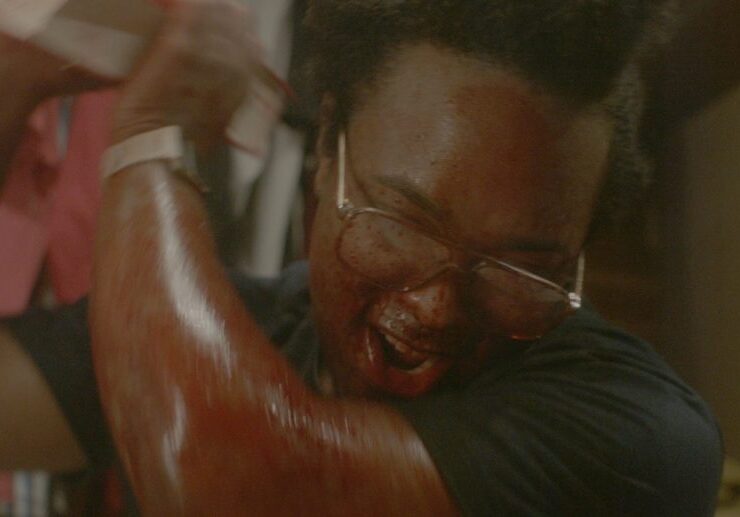The B is for Babadook: A Retrospective

The LGBTQ+ community has two Christmases: Pride and Halloween. And as we slide into Spooky Season, let us look back on the cult classic, The Babadook. With its 10-year anniversary coming this November, now is the perfect time to reminisce on the titular character’s unexpected rise to queer icon.
The film follows Amelia (Essie Davis), a widowed mother simultaneously struggling with her hyper-sensitive son, Samuel (Noah Wiseman), and the anniversary of her husband’s death. Mister Babadook enters their lives when Sam finds a pop-up book of the mysterious creature. Reading the book seems to free the monster, and he begins to haunt the pair. The creature latches onto the mother by wiggling between the frays of her mental health. The more she fights against the Babadook’s reality within her life, the stronger he gets until she hallucinates killing her son and actually kills her dog. The mother-son duo free themselves only when Amelia faces the Babadook directly. Or do they? The film ends with the reveal that the Babadook remains, hidden in the basement where her husband’s things reside. They will grow up and grow old with Mister Babadook.
Director and creator Jennifer Kent intended for Mister Babadook to be a horror-filled metaphor for grief. Yet, tumblr user ianstagram veered the meaning off-course when they made the bold claim that the Babadook was, clearly, openly gay throughout the movie. This launched many a meme, including an unconfirmed image that The Babadook was erroneously put into the LGBTQ+ category on Netflix, and the powerful quote from queer journalist JP Brammer: “Haunting a small white family in an Australian suburb is a radical act, and the Babadook did that.”

The jump to meme is, of course, hilarious, but it also has hidden depth. Horror and queerness often go hand in hand. For ages, the only representation we had came from the terrifying monsters, from the tumultuous homoeroticism of Dracula, to Norman Bates in Psycho, portrayed by queer actor Anthony Perkins. Even today, the recent Longlegs (a movie directed by Perkins’ son) implemented queer aesthetics for the villain.
These stories find terror in the Other, and it can be anything which spits in the face of white, cis heteronormativity. The Other may be murderous “confirmed bachelors” or spinsters in the image of the dreaded lesbian. We become the villain. Yet, the LGBTQ+ community sees these portrayals and finds comfort in them. For a long time, we decoded the puzzle, as Hannibal creator Bryan Fuller says in Queer for Fear. We found ourselves in the rampage. By being queer, we are disrupting the norm. Why wouldn’t we relate?
Like Frankenstein’s Creature, it is not that queer people are inherently terrible. Rather, it is the interplay of society, upbringing, and the internal landscape that gives rise to the horrors. The townspeople across Europe reject him; his creator rejects him, and all that is left is to tear apart that which made him. It is resistance to be loud and angry about how you are treated.
This tradition of finding queerness in the creature clearly has not let up. The Babadook has very little screentime, as any good monster should. Even so, he has a gravitational pull. Perhaps the Babadook is a queer icon because he is that disruption of the status quo. Maybe it’s because he fights to step out of the shadows. Maybe it’s because he remains even after he is “vanquished,” forever hidden beneath. In him, we see our pains, our frustrations at mothers hiding us from their children when really they are the ones who are scared.
Or maybe it’s just because he has a flair for the dramatic and wears a top hat outside the 19th century. We love a little joke, even if it goes no deeper than that.
Photo courtesy of social media
What's Your Reaction?
Rachel aka Rae (they/any) has been writing since the second grade, and knew it's what they wanted to do since the third. Poet, storyteller, and avid reader.










